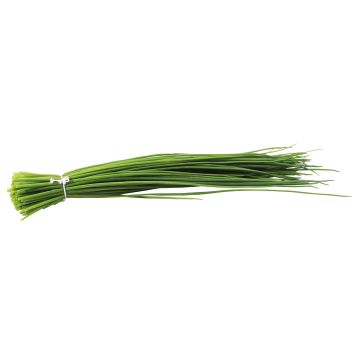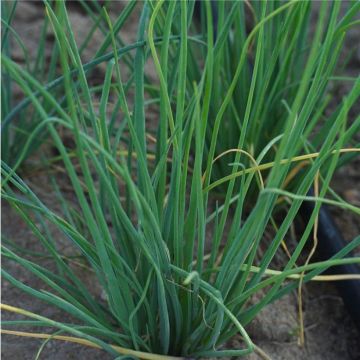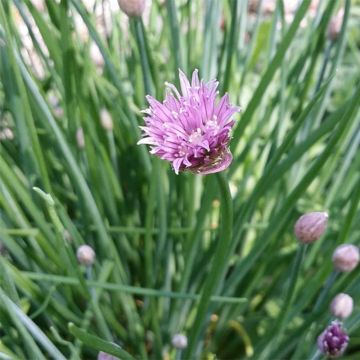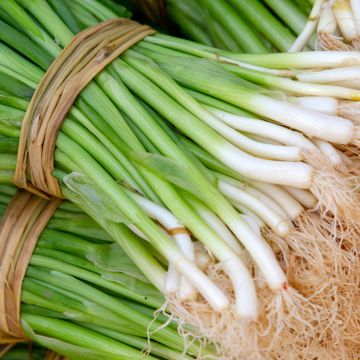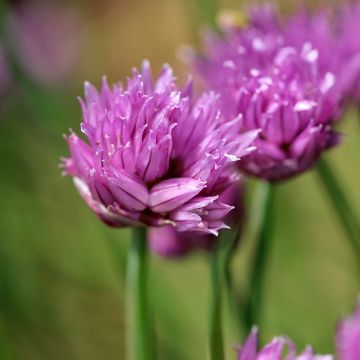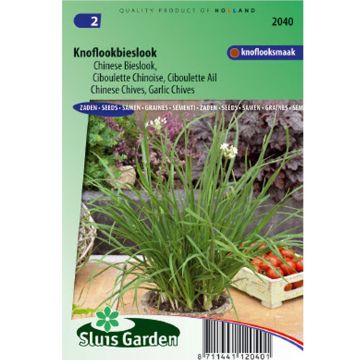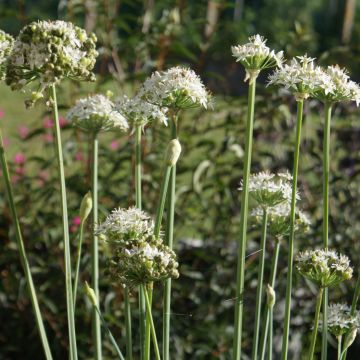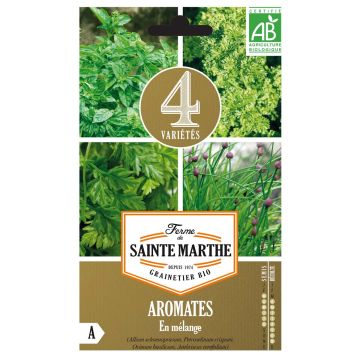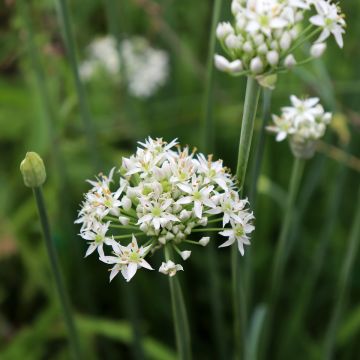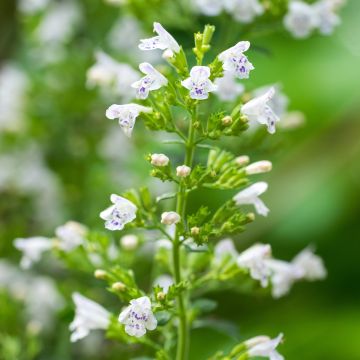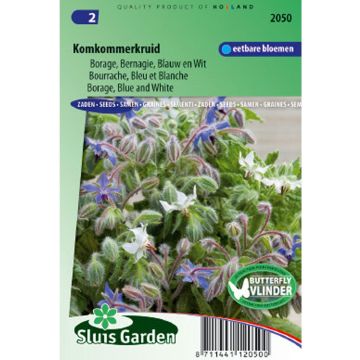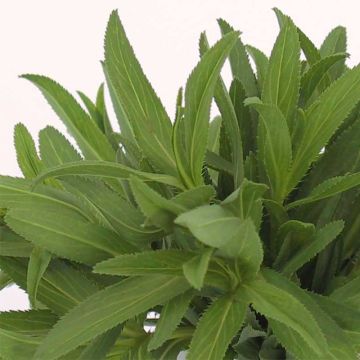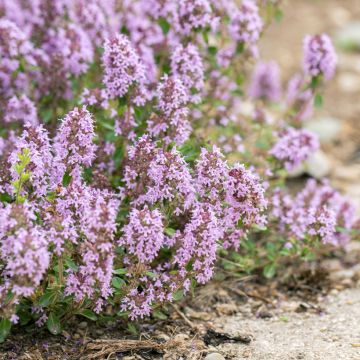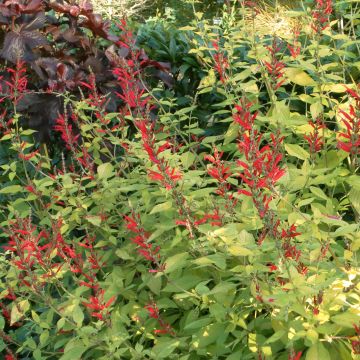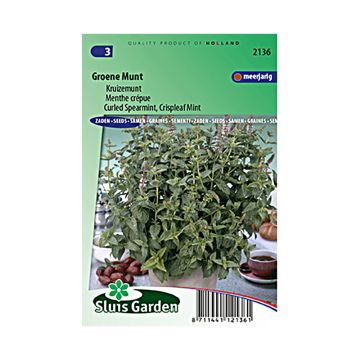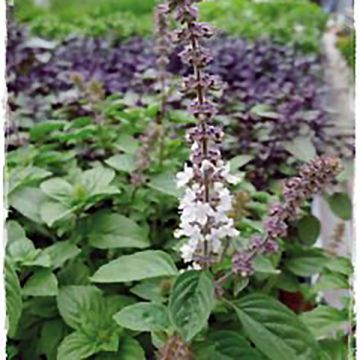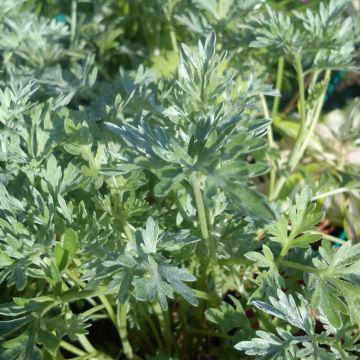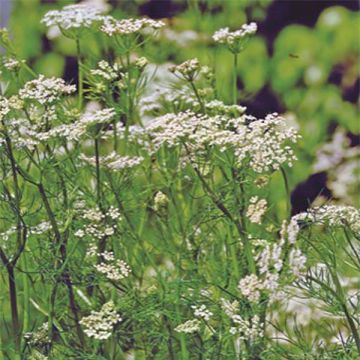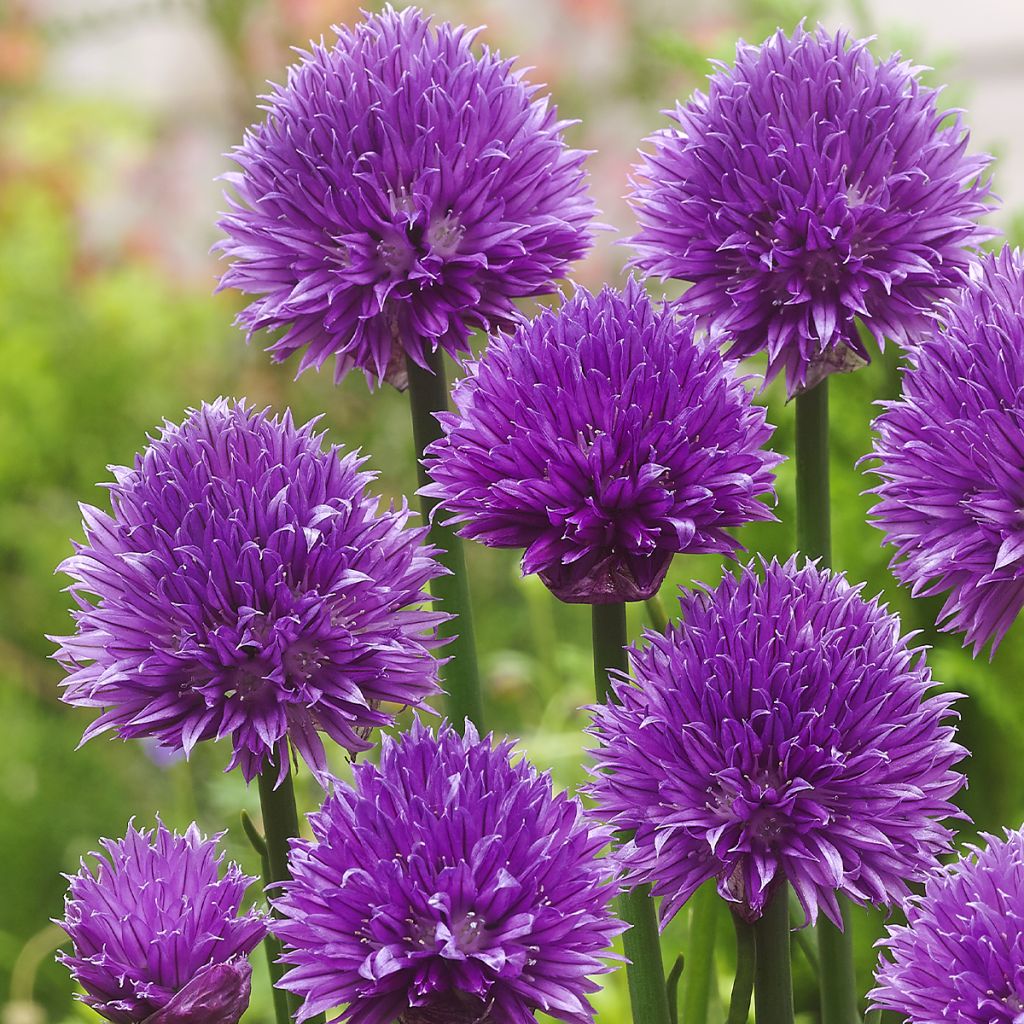

Ciboulette Forescate - Allium schoenoprasum
Chives Forescate- Allium schoenoprasum
Allium schoenoprasum Forescate
Chives
This plant carries a 12 months recovery warranty
More information
We guarantee the quality of our plants for a full growing cycle, and will replace at our expense any plant that fails to recover under normal climatic and planting conditions.
From €5.90 for pickup delivery and €6.90 for home delivery
Express home delivery from €8.90.
Does this plant fit my garden?
Set up your Plantfit profile →
Description
Allium schoenoprasum Forescate is a lovely vibrant pink flowering version of the famous garden chive. This small bulbous plant forms clumps of long, finely aromatic leaves, whose subtle flavour is somewhat reminiscent of onion. It flowers in spring, then tends to disappear in summer in dry soil. Very hardy, almost foolproof, as ornamental as it is delicious, it grows in the sun, in any well-drained soil.
Chives, Allium schoenoprasum in Latin, are also known as cive or onion grass. A perennial plant, aromatic and flavourful, it is one of the most popular herbs. It belongs to the same family as garlic, onion, and shallot, the allium family. It originates from Europe, western and boreal Asia, and northern America.
The Forescate variety has a bushy habit of about 12-15 cm (5-6in) wide, composed of fine hollow cylindrical leaves of dark grey-green colour. Flowering occurs from May to July, depending on the climate. From the foliage emerge hollow stems carrying spherical inflorescences 20 cm (8in) above the ground, 2 cm (1in) in diameter, resembling small pompoms. Each 'pompom' is composed of numerous small edible star-shaped flowers, with each fresh pink petal crossed by a darker central line, ranging from purplish pink to violet. The plant usually goes dormant after flowering: the foliage persists in moist soil but disappears in dry soil. It is a perennial plant that will be cultivated for two or three years because beyond that, it tends to become less productive. It will then need to be divided. All parts of the plant are edible: bulb, leaves, and even tasty flowers that decorate and flavor salads, dishes, and sauces.
The fresh, garlic-like, and slightly pungent taste of chive sprigs complements many dishes: omelettes, stuffings, savory tarts, and seasoning for fresh cheeses... It is an essential herb in herb gardens, but nothing prevents you from mixing styles and planting it throughout the garden among perennials, especially at the base of roses: its pompom-like flowering is quite charming, and its aromas repel aphids and prevent black spot disease. It is therefore an excellent companion plant.
Harvest: The harvest of Forescate Chives extends over a long period, as long as the foliage is present. It is simply done with scissors, by cutting the stems at the base of the clump. Regular harvests stimulate the renewal of the foliage.
Storage: Chives can be stored for a few days in the refrigerator, or for a few months through drying or freezing. However, it is preferable to enjoy its full aroma by consuming it freshly picked.
Gardener's tip: To limit watering, we recommend, from the end of May, mulching the soil with thin successive layers of grass clippings, if possible mixed with dead leaves. This protection, which keeps the soil moist, also reduces weeding.
Report an error about the product description
Flowering
Foliage
Plant habit
Botanical data
Allium
schoenoprasum
Forescate
Alliaceae - Liliaceae
Chives
Cultivar or hybrid
Other Chives
Planting and care
Forescate Chives thrive in full sun or partial shade, in moderately rich, well-drained soil, slightly moist to occasionally dry in summer. In dry soil, all vegetation disappears in summer and reappears in early autumn. If compost is needed, it should preferably be applied in autumn, in the form of well-rotted compost (no manure), by scratching it into a depth of 5 cm (2in), after loosening the soil as for any vegetable cultivation. This plant is quite tolerant of soil pH, it does not fear limestone and will thrive if it is between 5.5 and 7.5. Chives have a beautiful flowering, but it is recommended to cut the tough flower stems before they bloom to preserve the aroma of the foliage. Propagating Chives is very easy, it is done by dividing the clumps from March to May and from September to October.
Planting period
Intended location
Care
This item has not been reviewed yet - be the first to leave a review about it.
Herbs
Haven't found what you were looking for?
Hardiness is the lowest winter temperature a plant can endure without suffering serious damage or even dying. However, hardiness is affected by location (a sheltered area, such as a patio), protection (winter cover) and soil type (hardiness is improved by well-drained soil).

Photo Sharing Terms & Conditions
In order to encourage gardeners to interact and share their experiences, Promesse de fleurs offers various media enabling content to be uploaded onto its Site - in particular via the ‘Photo sharing’ module.
The User agrees to refrain from:
- Posting any content that is illegal, prejudicial, insulting, racist, inciteful to hatred, revisionist, contrary to public decency, that infringes on privacy or on the privacy rights of third parties, in particular the publicity rights of persons and goods, intellectual property rights, or the right to privacy.
- Submitting content on behalf of a third party;
- Impersonate the identity of a third party and/or publish any personal information about a third party;
In general, the User undertakes to refrain from any unethical behaviour.
All Content (in particular text, comments, files, images, photos, videos, creative works, etc.), which may be subject to property or intellectual property rights, image or other private rights, shall remain the property of the User, subject to the limited rights granted by the terms of the licence granted by Promesse de fleurs as stated below. Users are at liberty to publish or not to publish such Content on the Site, notably via the ‘Photo Sharing’ facility, and accept that this Content shall be made public and freely accessible, notably on the Internet.
Users further acknowledge, undertake to have ,and guarantee that they hold all necessary rights and permissions to publish such material on the Site, in particular with regard to the legislation in force pertaining to any privacy, property, intellectual property, image, or contractual rights, or rights of any other nature. By publishing such Content on the Site, Users acknowledge accepting full liability as publishers of the Content within the meaning of the law, and grant Promesse de fleurs, free of charge, an inclusive, worldwide licence for the said Content for the entire duration of its publication, including all reproduction, representation, up/downloading, displaying, performing, transmission, and storage rights.
Users also grant permission for their name to be linked to the Content and accept that this link may not always be made available.
By engaging in posting material, Users consent to their Content becoming automatically accessible on the Internet, in particular on other sites and/or blogs and/or web pages of the Promesse de fleurs site, including in particular social pages and the Promesse de fleurs catalogue.
Users may secure the removal of entrusted content free of charge by issuing a simple request via our contact form.
The flowering period indicated on our website applies to countries and regions located in USDA zone 8 (France, the United Kingdom, Ireland, the Netherlands, etc.)
It will vary according to where you live:
- In zones 9 to 10 (Italy, Spain, Greece, etc.), flowering will occur about 2 to 4 weeks earlier.
- In zones 6 to 7 (Germany, Poland, Slovenia, and lower mountainous regions), flowering will be delayed by 2 to 3 weeks.
- In zone 5 (Central Europe, Scandinavia), blooming will be delayed by 3 to 5 weeks.
In temperate climates, pruning of spring-flowering shrubs (forsythia, spireas, etc.) should be done just after flowering.
Pruning of summer-flowering shrubs (Indian Lilac, Perovskia, etc.) can be done in winter or spring.
In cold regions as well as with frost-sensitive plants, avoid pruning too early when severe frosts may still occur.
The planting period indicated on our website applies to countries and regions located in USDA zone 8 (France, United Kingdom, Ireland, Netherlands).
It will vary according to where you live:
- In Mediterranean zones (Marseille, Madrid, Milan, etc.), autumn and winter are the best planting periods.
- In continental zones (Strasbourg, Munich, Vienna, etc.), delay planting by 2 to 3 weeks in spring and bring it forward by 2 to 4 weeks in autumn.
- In mountainous regions (the Alps, Pyrenees, Carpathians, etc.), it is best to plant in late spring (May-June) or late summer (August-September).
The harvesting period indicated on our website applies to countries and regions in USDA zone 8 (France, England, Ireland, the Netherlands).
In colder areas (Scandinavia, Poland, Austria...) fruit and vegetable harvests are likely to be delayed by 3-4 weeks.
In warmer areas (Italy, Spain, Greece, etc.), harvesting will probably take place earlier, depending on weather conditions.
The sowing periods indicated on our website apply to countries and regions within USDA Zone 8 (France, UK, Ireland, Netherlands).
In colder areas (Scandinavia, Poland, Austria...), delay any outdoor sowing by 3-4 weeks, or sow under glass.
In warmer climes (Italy, Spain, Greece, etc.), bring outdoor sowing forward by a few weeks.


































